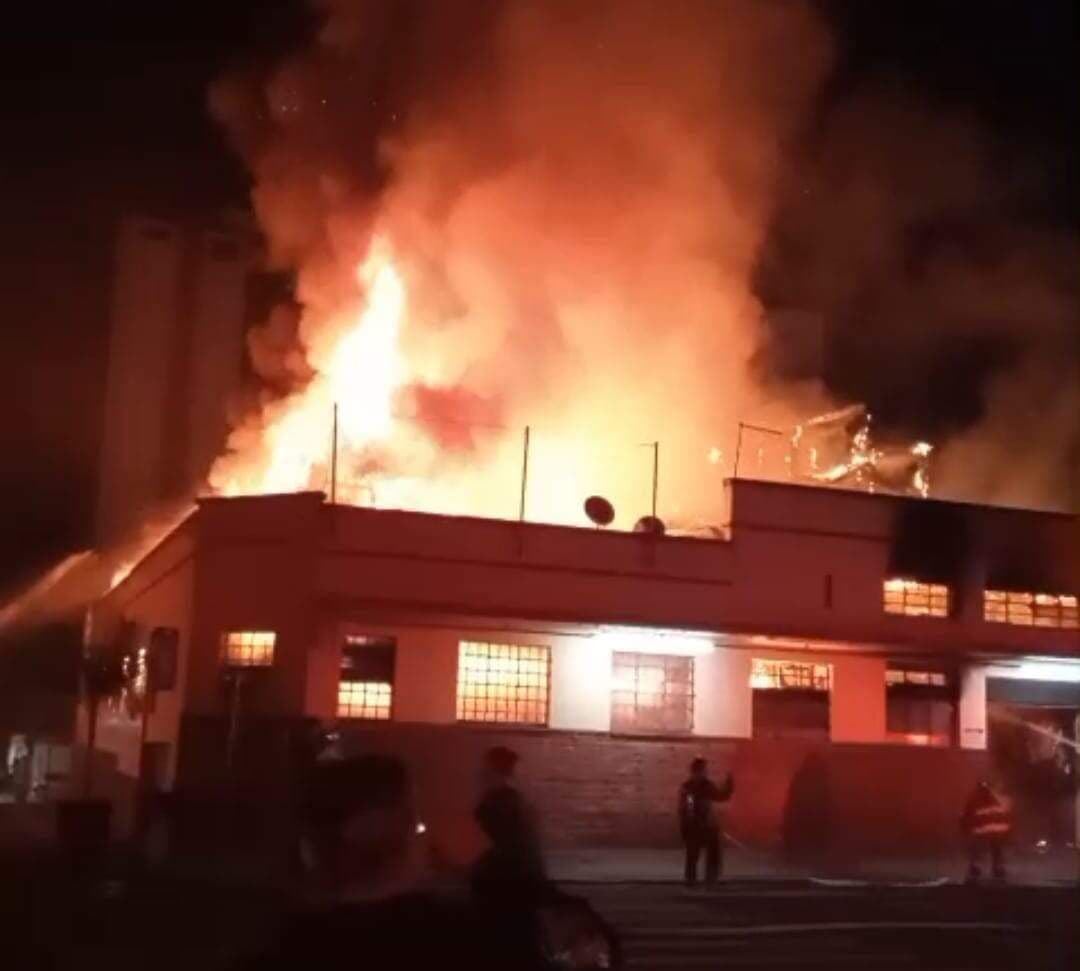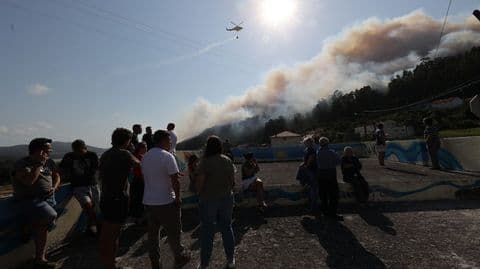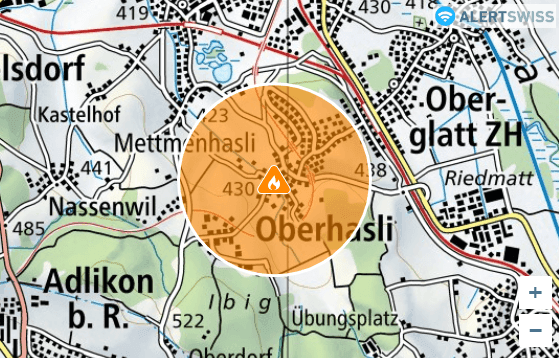The Market's Unwritten Chapter: Piracicaba's Historic Hub Faces Its Next Test
Explore Piracicaba's Municipal Market's 137-year legacy, its devastating challenge, and the community's determined spirit to rebuild, preserving its soul and shaping its future.
A Century and a Half of Soul: Unpacking the Mercadão's Legacy
The Mercado Municipal of , affectionately known as the "Mercadão," isn't just a building; it's a living archive of the city's soul. For 137 years, this historic hub has been more than a marketplace – it's been the very heartbeat of Piracicaba. Completed in 1887 and officially opening its doors in 1888, the Mercadão quickly established itself as a cornerstone of daily life. It was here, within its bustling walls, that many of Piracicaba's most cherished traditions first took root, evolving over generations to become integral to the city's identity. Beyond its commercial vibrancy, the market stood as a testament to architectural foresight and pioneering business practices in the interior of São Paulo state. Its enduring presence shaped the routines, the flavors, and the very rhythm of Piracicaba, a place where generations have gathered, traded, and connected, making it an irreplaceable landmark woven into the fabric of the community. Its old walls held countless stories, echoing with the laughter, haggling, and daily exchanges that define local culture.
Under a Smoke-Filled Sky: The Night Piracicaba Held Its Breath
The serene dawn of Wednesday, July 23rd, shattered abruptly for Piracicaba. Around 2 AM, a massive fire erupted within the beloved Mercadão, plunging the city's central district into a nightmare. Initial reports from the Civil Police indicated the blaze began in one of the market's many stalls, quickly and mercilessly spreading its destructive tendrils across the entire establishment. Flames consumed the cherished interior, turning a vibrant hub into a scene of devastating ruin. The sheer scale of the inferno necessitated an immediate, intense response. Fire Department teams were swiftly on site, battling the raging fire for hours, working tirelessly through the night and into the early morning to bring it under control and conduct vital cooling operations. Thankfully, despite the immense destruction and the terrifying ferocity of the blaze, there were no reported casualties, a small solace amidst the widespread devastation. Forensic teams soon arrived to begin their grim task, sifting through the charred remains to uncover the cause of this profound loss.
The Unbroken Spirit: Community Rises in the Face of Loss
As the smoke cleared, revealing the devastating extent of the Mercadão's destruction, a collective wave of grief washed over Piracicaba. This wasn't merely the loss of a commercial space; it was an assault on shared history, a direct hit to the city's cultural heart. Generations have walked those aisles, forming bonds and memories, making the market an extension of their own lives. The immediate aftermath saw a quiet yet palpable solidarity ripple through the community. Though the physical structure lay in ruins, the spirit that animated it, the deep-seated connection Piracicaba felt for its Mercadão, remained defiantly intact. Conversations on street corners, social media posts, and local news channels all reflected a unified sentiment: a profound sadness, certainly, but also an unwavering determination. This was more than just a place of business; it was a symbol, and its loss ignited a powerful resolve to see it rise again. The community instinctively understood that rebuilding this landmark was not just about bricks and mortar, but about preserving their collective identity.
Beyond Reconstruction: Forging a Future for a Beloved Landmark
With the immediate shock subsiding, Piracicaba now faces the monumental task of rebuilding its Mercadão, but this isn't simply about restoring what was lost. This moment presents a unique, albeit painful, opportunity to redefine the market's next chapter. The challenge lies in honoring its 137-year legacy while integrating modern functionality and resilience. How can the new Mercadão reflect its historical significance as a birthplace of traditions, yet also serve the evolving needs of contemporary Piracicaba? Expert insights suggest a thoughtful, community-driven approach will be key. This means engaging local residents, former vendors, historians, and architects to ensure the reconstruction is a true rebirth, not just a replica. It's a chance to enhance its role as a vibrant cultural and commercial hub, perhaps incorporating new technologies or sustainable practices, while preserving its cherished soul. The journey ahead will undoubtedly be long and complex, but the collective will to see the Mercadão not just rebuilt, but reimagined for future generations, is a powerful force driving this vital project forward.
Related Articles

Echoes of History, Flames of Renewal: The Resilient Heart of Piracicaba's Public Market

Echoes of History, Flames of Renewal: The Resilient Heart of Piracicaba's Public Market

The Silent Pulse of Odesa: Pryvoz Market's Indomitable Spirit Amidst the Rubble

The Silent Pulse of Odesa: Pryvoz Market's Indomitable Spirit Amidst the Rubble

Ponteceso's Scorched Heritage: The Electrical Spark That Ignited a Region's Trauma

Ponteceso's Scorched Heritage: The Electrical Spark That Ignited a Region's Trauma

Amidst the Haze: Oberhasli's Untold Tale of a Community Under Pressure
